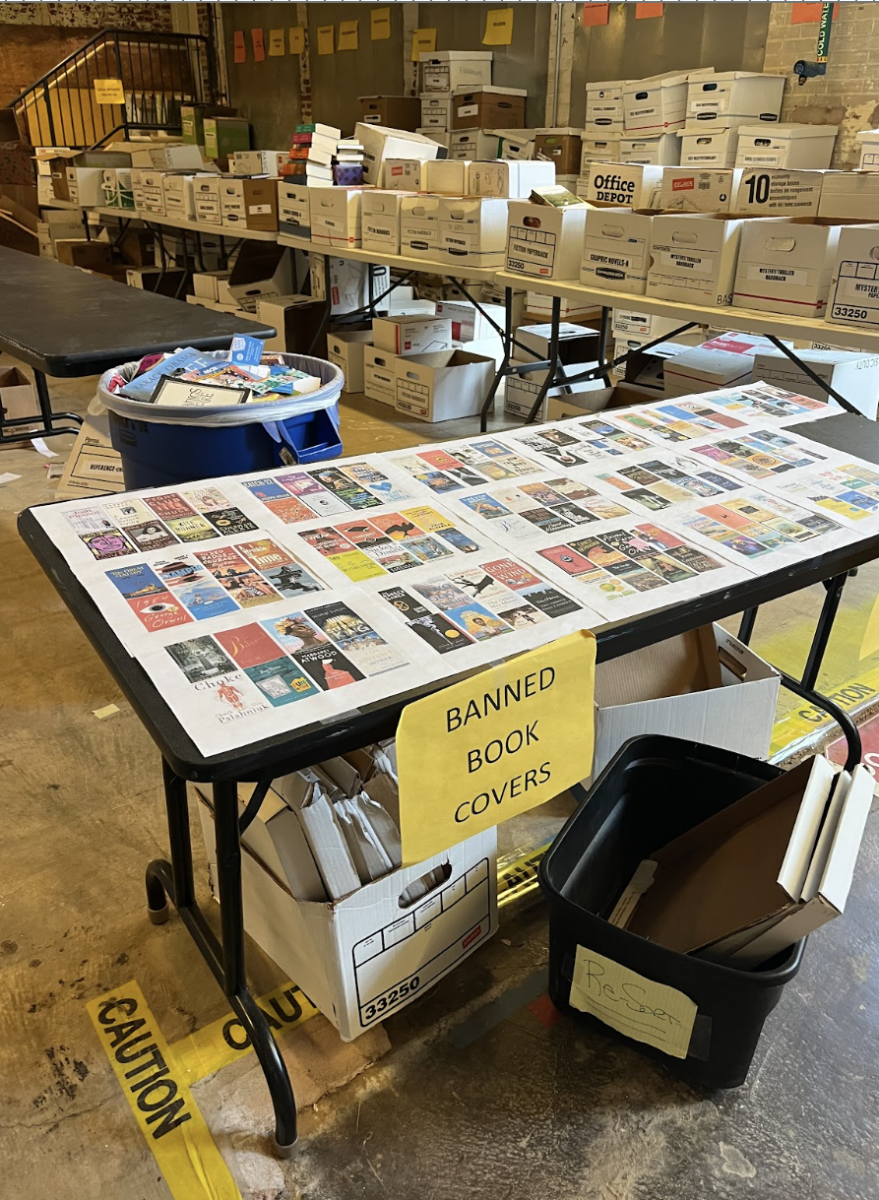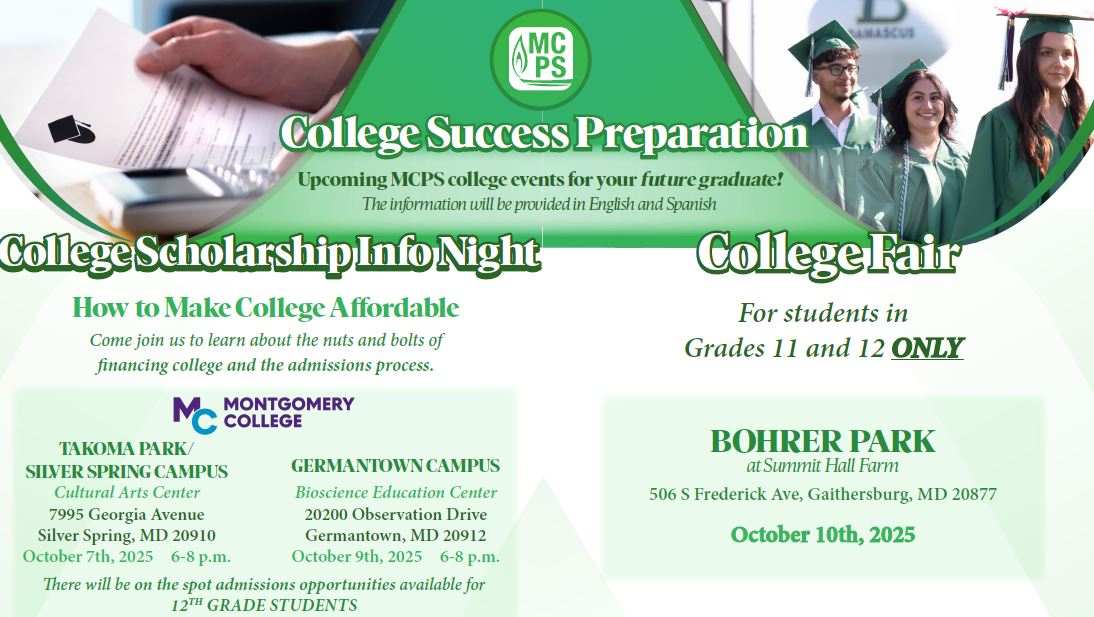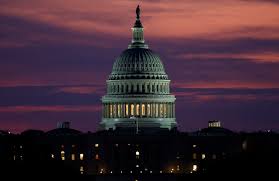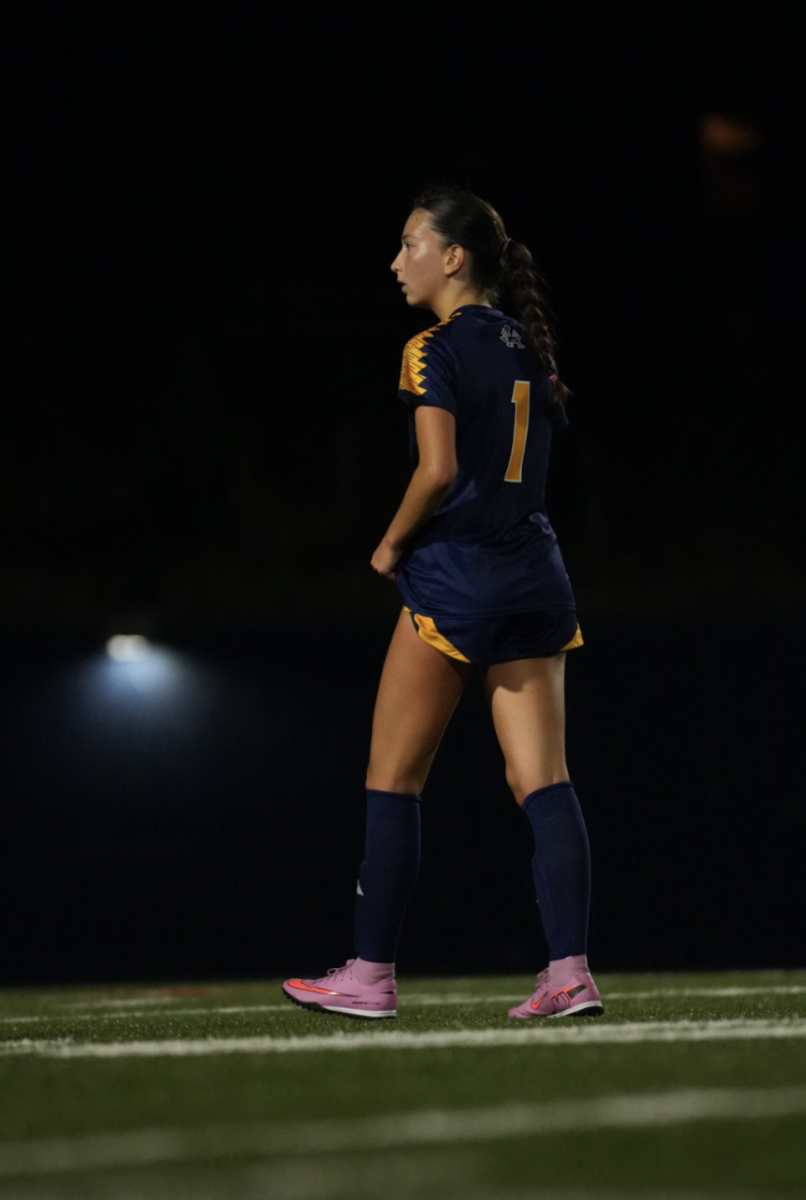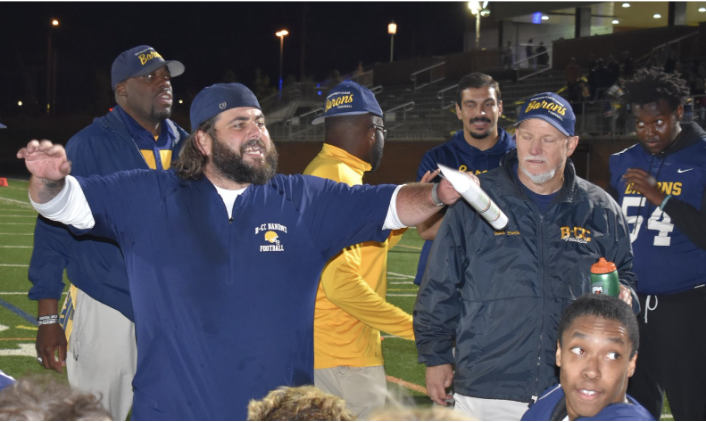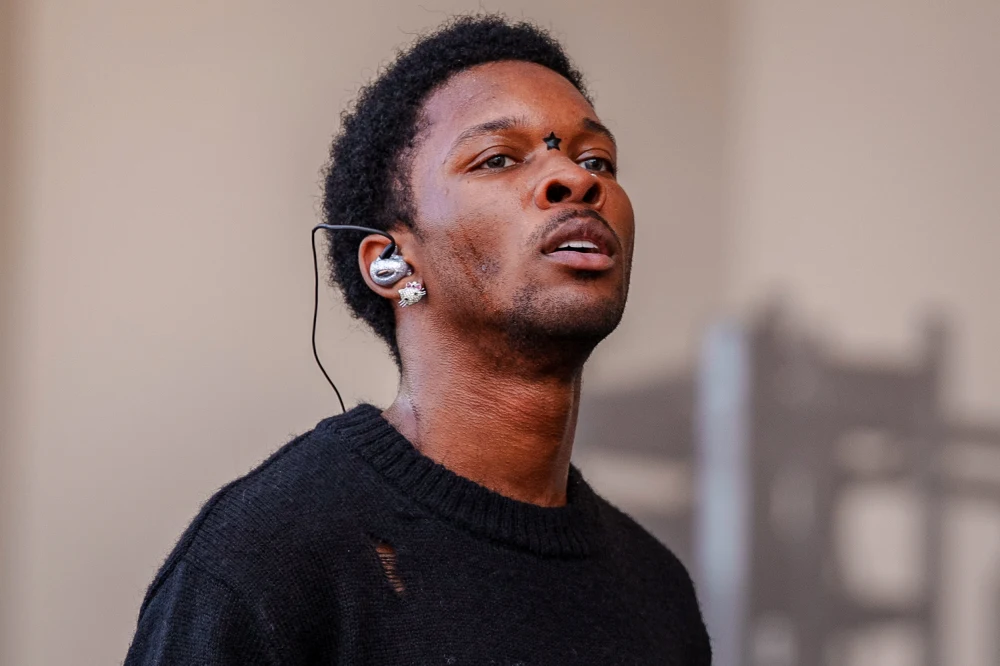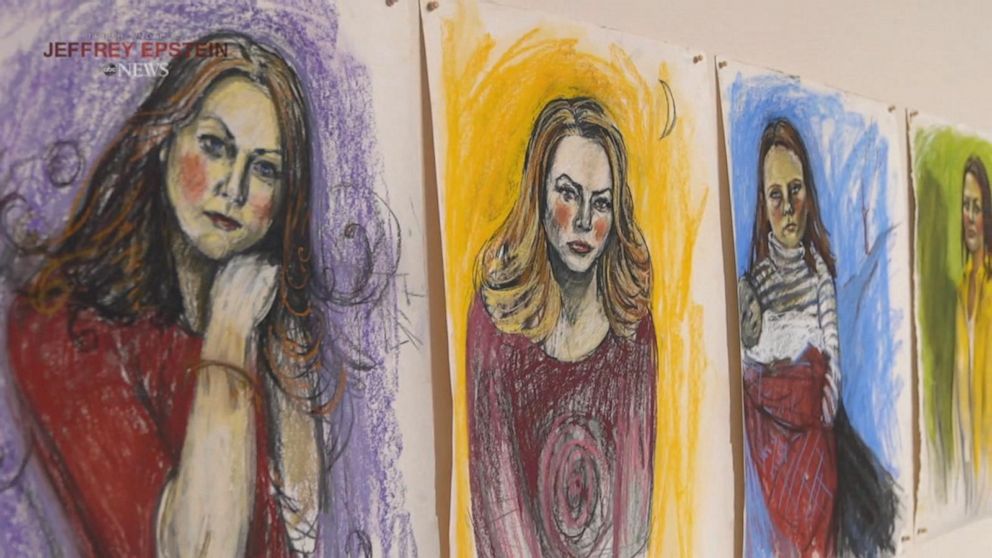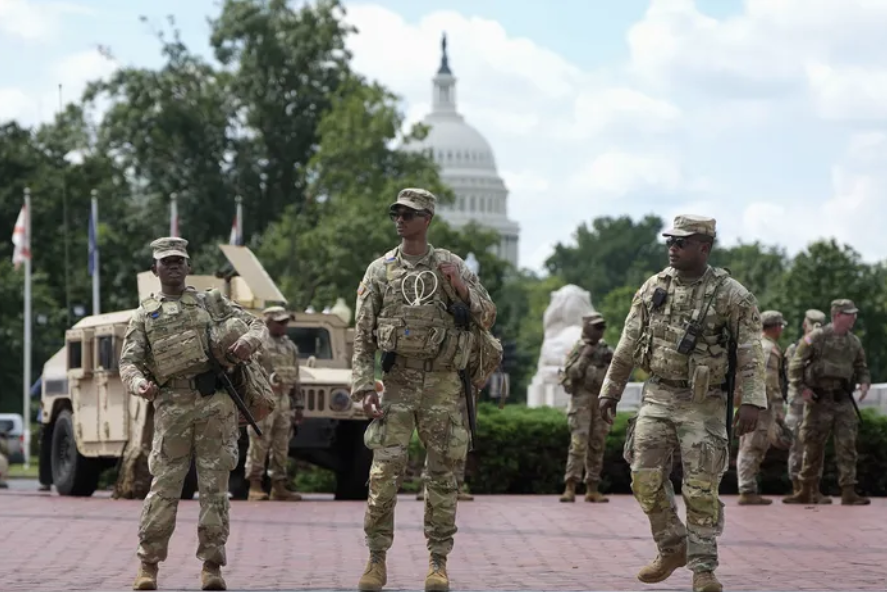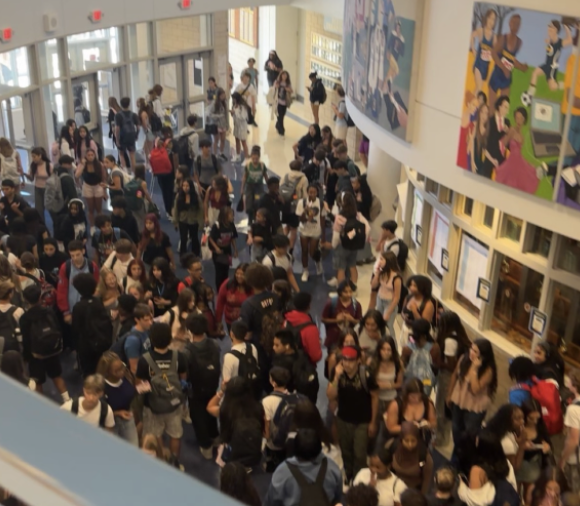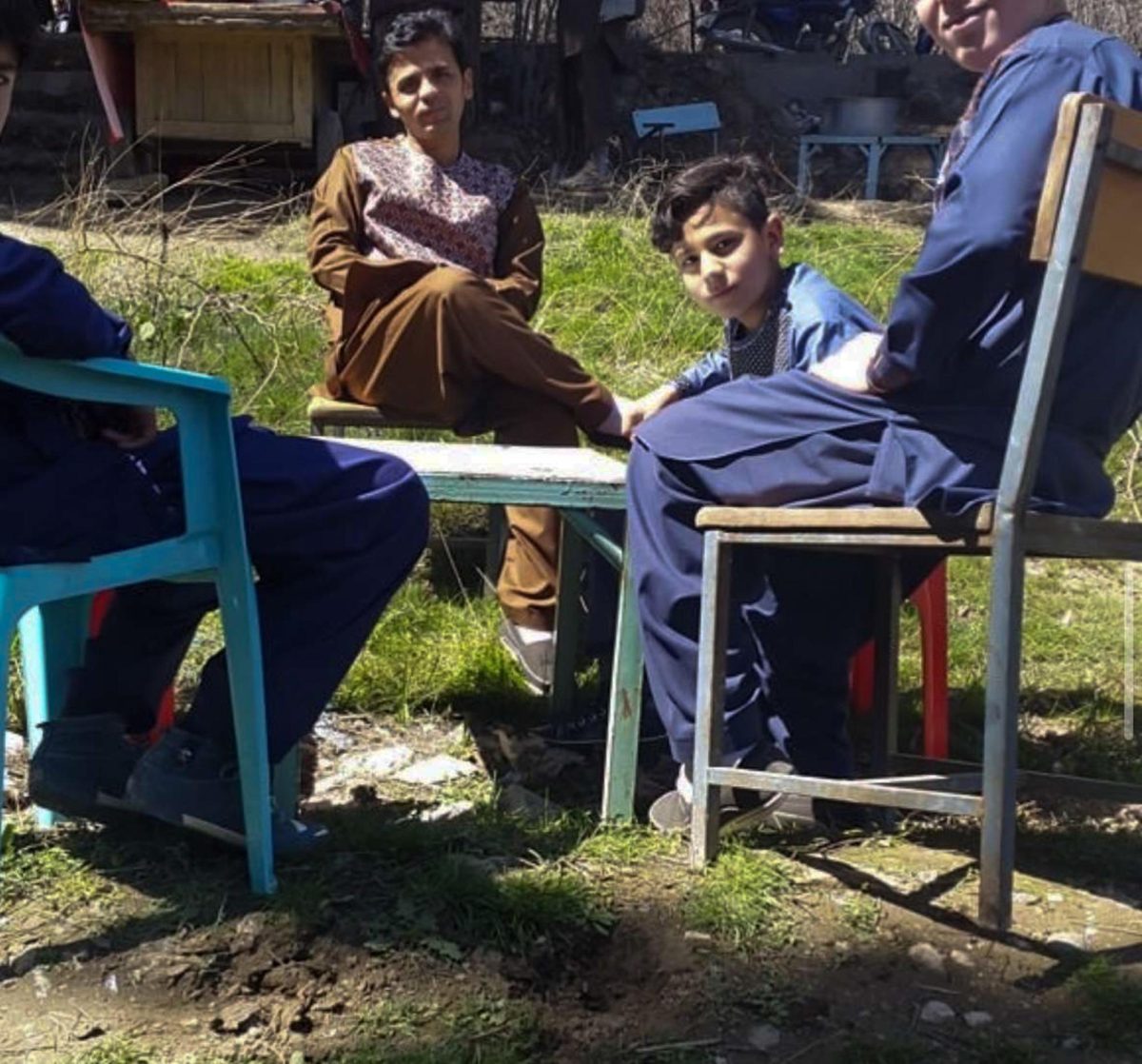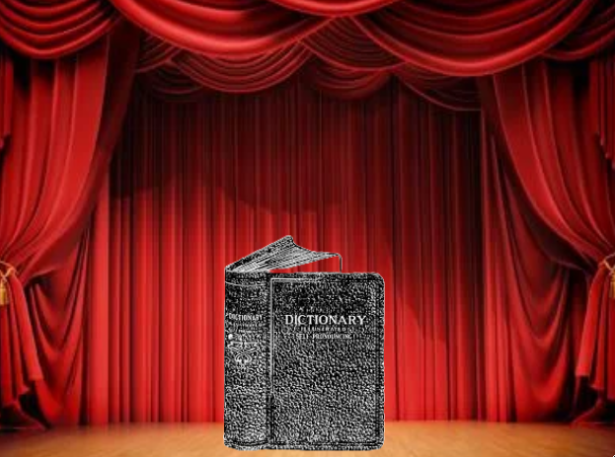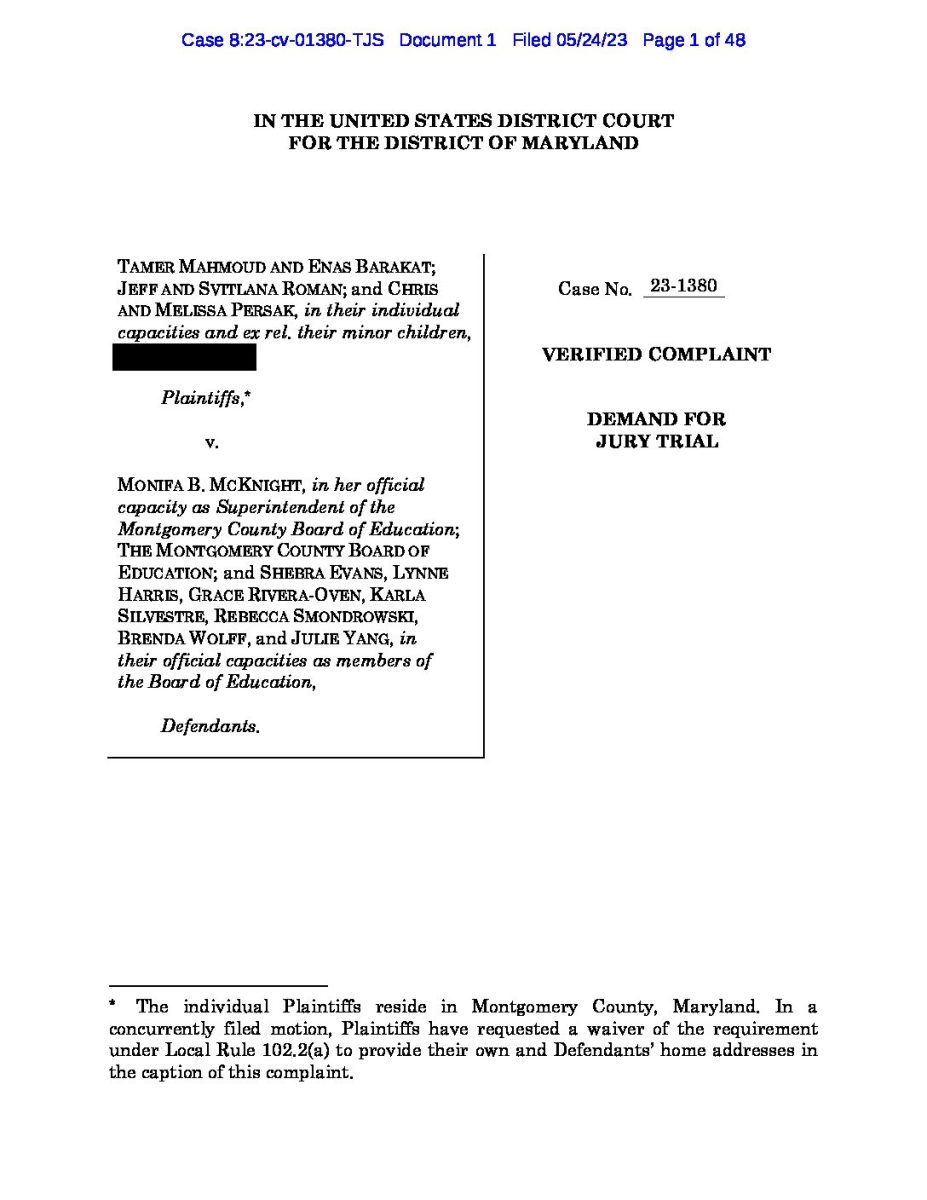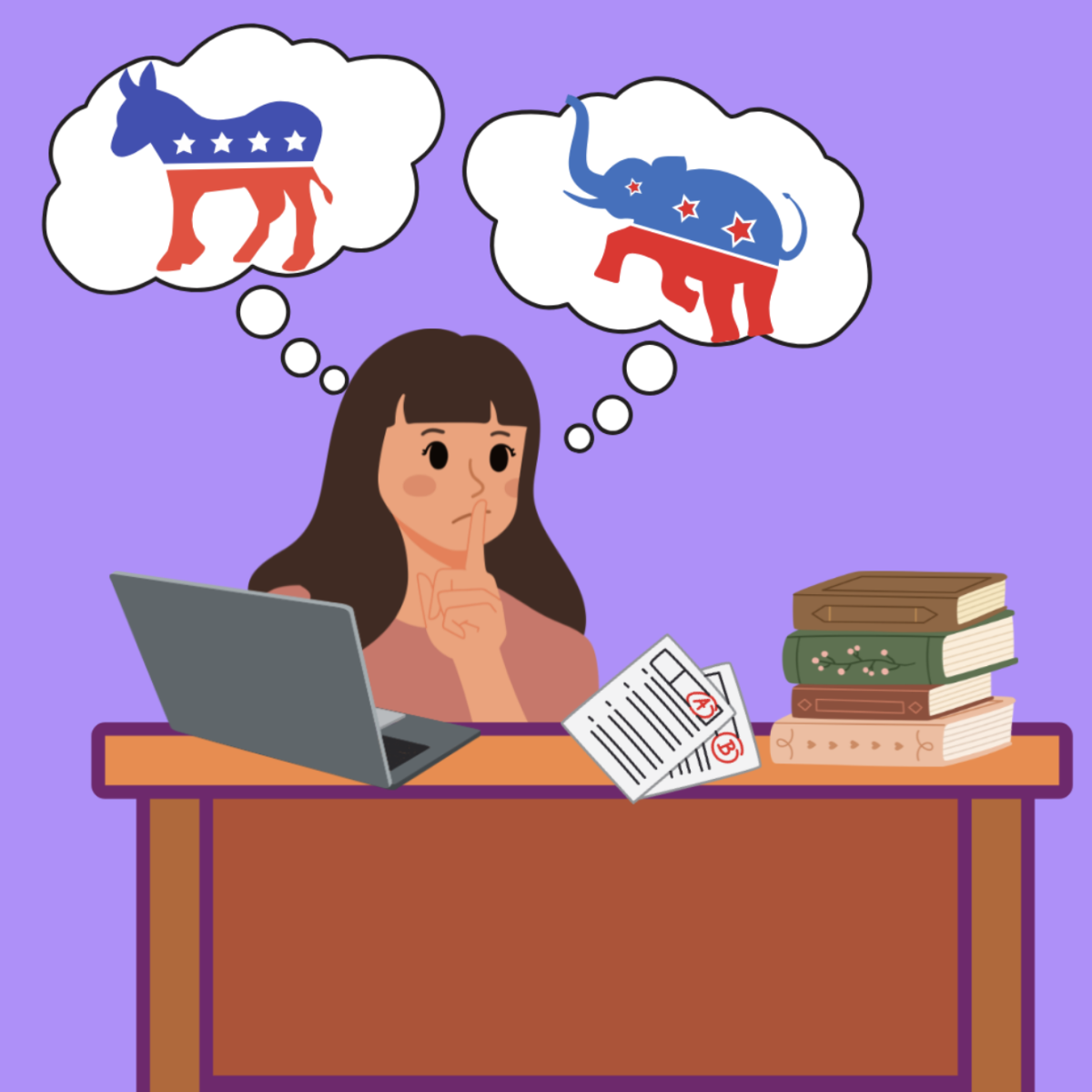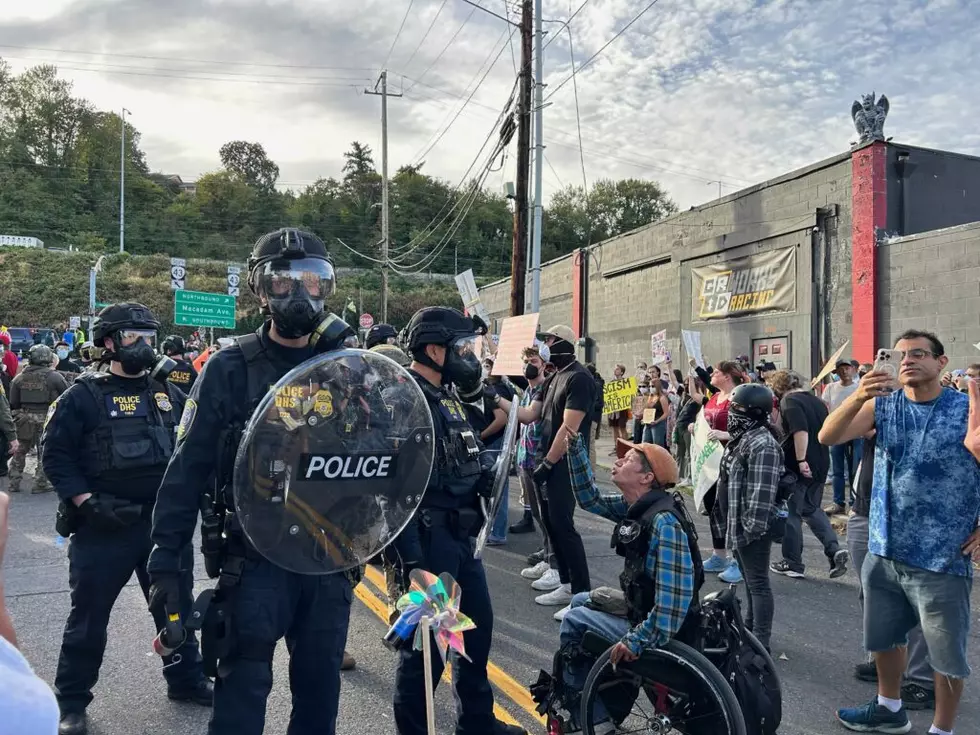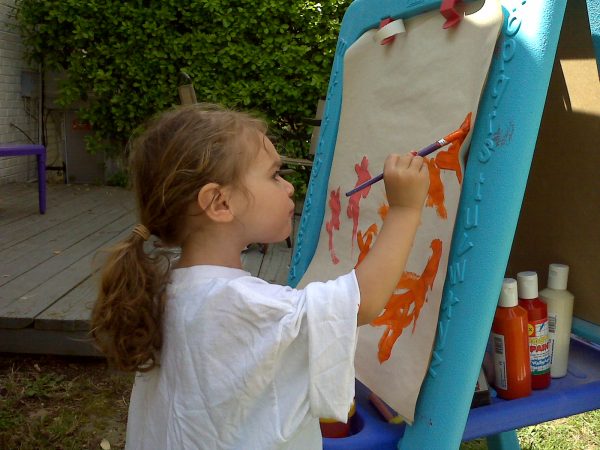In anticipation of Election Day, administrators offered some teachers guidance on how best to maintain a neutral setting for students whose political views conflict. Many teachers were advised in an email to leave discourse about the election to social studies classes whose teachers had an opportunity to prepare and link the discussion back to the curriculum.
English teacher Ms. Koplowitz had mixed feelings about the message. She said, “I did not think the election would go the way it did, and [the message] didn’t seem like a huge deal. The email seemed to kind of say this will be handled in history class, so don’t stress about it. That was one way you could read the email. However, with the way the election went, [the message] did end up feeling a little bit more like a…directive.”
Staff was also provided with a Wellbeing Wednesday slide presenting a map with election results and an indication that a discussion would take place during social studies.
Social Studies teacher Dr. Sribnick said, “It is challenging to talk about in a way that’s balanced so you don’t feel like you’re taking sides, but I do think that social studies teachers are kind of best equipped to talk about kind of the nuts and bolts about how the election works and functions and answer those kinds of questions for students.”
Junior Jeronimo Castano agreed with the idea of keeping election talk to one class. He said, “It would’ve become repetitive if we made it over several classes. In my class, the argument got very aggressive, which divided the class into two groups, but it broke the taboo of talking about it.”
Social studies teachers were able to link this topic to the general curriculum. Sribnick said, “[We] happened to be discussing some historical elections that day. So it was about the elections of 1824 and 1828. And so there are lots of connections we can make in terms of it’s about Andrew Jackson. Connections between what happened with Jackson’s election and what happened in this election.”
Ms. Koplowitz added, “It’s important that students who feel threatened by the results feel safe and supported, but there also has to be space for kids of different political viewpoints to be in the classroom without feeling targeted. It’s a tough balance in a contentious political climate.”


